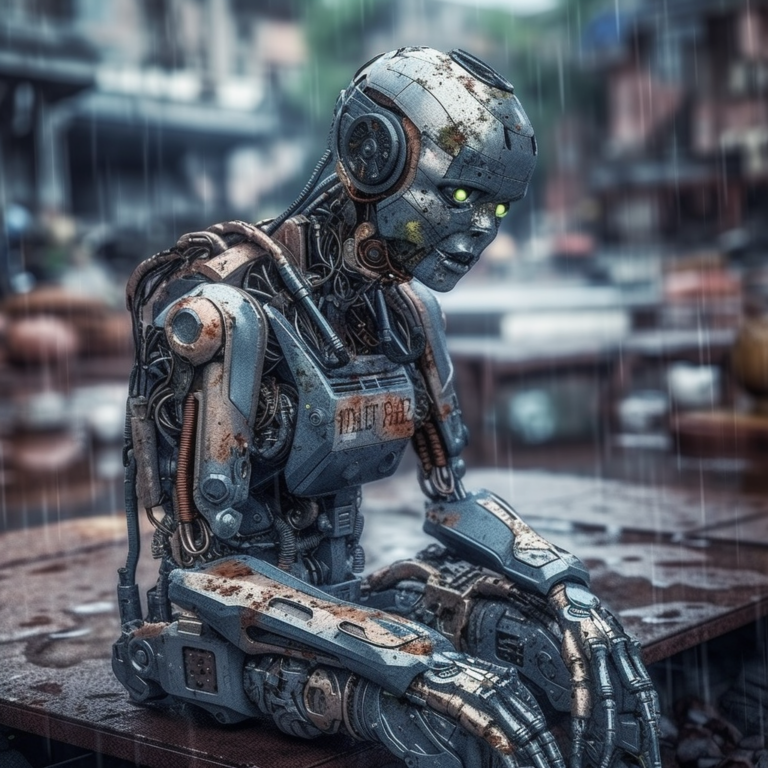Can robots have souls?
This question, once relegated to science fiction, is being tackled head-on by EngineAI, an innovative startup from Shenzhen, China. EngineAI has set out on an ambitious five-year journey, aiming to mass-produce over a thousand humanoid robots by the end of 2025. But their vision goes beyond mass production – they seek to infuse their machines with a kind of “soul-like” intelligence, so they respond with empathy-like nuance, adapt to your emotions, and anticipate your needs in ways current robots cannot.
The Company & Its Vision
Founded in October 2023 by Zhao Tongyang, EngineAI Robotics draws from a team largely comprised of former members of XPeng’s robotics division, Pengxing Intelligent. With powerful investors and a strategic location in Shenzhen, the global hub for electronics manufacturing, EngineAI is well-positioned to realize its lofty ambitions. Their five-year roadmap includes scaling robot production, refining their proprietary AI technology, and creating robots capable of autonomous decision-making – redefining the role robots can play in society.
Breaking Down the Technology
At the core of EngineAI’s innovation lies advanced hardware and software integration:
- Hardware: EngineAI features two primary models: the SE01, standing 170 cm tall and weighing 55 kg, designed for versatile tasks with advanced sensors, high-resolution cameras, and precise manipulators; and the shorter PM01, standing at 138 cm, with a 320° owl-like waist rotation for ultra-acrobatic movements and high agility.
- Software (The “Soul”): The heart of EngineAI’s concept is its advanced neural network AI, enabling robots to perform tasks autonomously. This technology allows the robots to recognize faces and objects, interpret and respond to situations dynamically, and learn from interactions, creating an illusion of consciousness or a “soul.”
Mass Production Ambitions
EngineAI’s manufacturing goal – over 1,000 robots by late 2025 – is ambitious, leveraging China’s manufacturing prowess to scale rapidly. However, significant hurdles remain:
- Managing high manufacturing costs and securing reliable component supplies.
- Integrating advanced AI consistently across thousands of units.
- Ensuring each robot meets stringent safety and operational standards.
Real-World Applications
EngineAI’s humanoids are envisioned to work alongside humans in various capacities:
- Healthcare: Assisting elderly individuals, potentially reducing caregiver burdens.
- Logistics and Manufacturing: Performing repetitive or hazardous tasks to improve efficiency and safety.
- Customer Service: Providing advanced, personalized interactions in retail and hospitality.
The potential economic impact is vast, though it raises important considerations about employment dynamics. Could these robots solve labor shortages, or might they displace human workers?
Ethical & Societal Implications
EngineAI’s goal to impart robots with a “soul” raises intriguing ethical questions:
- How much autonomy is too much? Could robots’ advanced autonomy lead to unpredictable behaviors?
- How will privacy be protected if robots are constantly collecting and analyzing data?
- What safeguards must governments and companies implement to ensure robotic technology remains beneficial and safe?
These questions underscore the importance of thoughtful governance and regulation as humanoid robots integrate deeper into society.
Looking Ahead: Milestones for 2025
As EngineAI approaches its 2025 milestone, key indicators of success will include:
- Successful production and deployment of over 1,000 humanoids.
- Significant advancements in robots’ autonomy, conversational AI, and interactive capabilities.
- Initial market penetration, demonstrating real-world value and viability in sectors like healthcare, logistics, and customer service.
Redefining Our Relationship with Robots
EngineAI’s vision is bold and provocative, tapping into humanity’s long-standing fascination with creating intelligent, autonomous machines. If successful, their humanoid robots could significantly alter our interactions with technology and each other, sparking new conversations about consciousness, autonomy, and ethics.
Final Thoughts
Whether or not EngineAI’s humanoids genuinely possess a “soul,” their journey offers valuable insights into the possibilities – and limits – of robotics and AI. This unfolding story will undoubtedly continue to captivate and challenge our imaginations and our understanding of what it means to be human.
PS:
For a fascinating visual dive into EngineAI’s ambitious journey, check out this captivating YouTube video:
This article is part of our Future Tech Series




